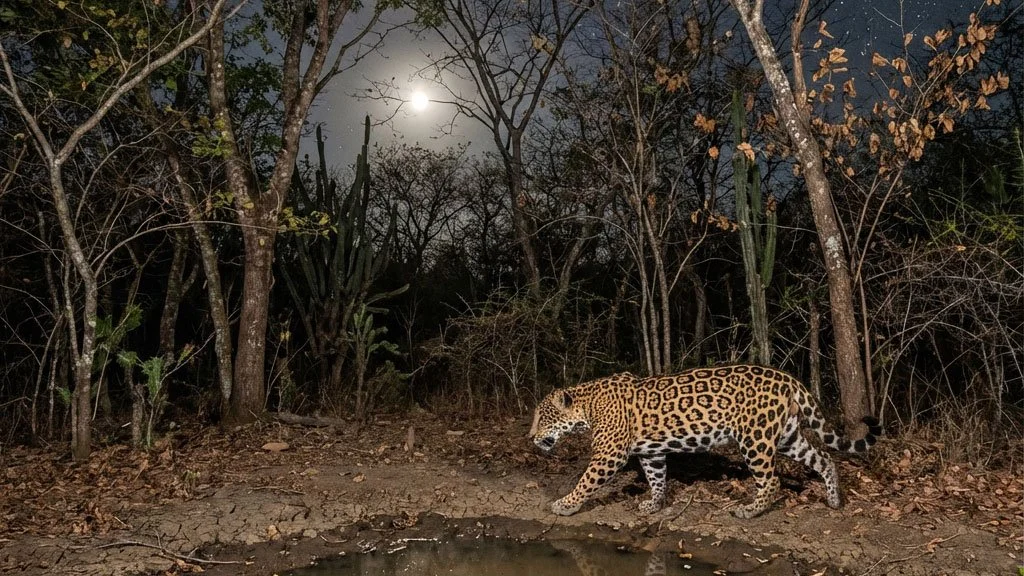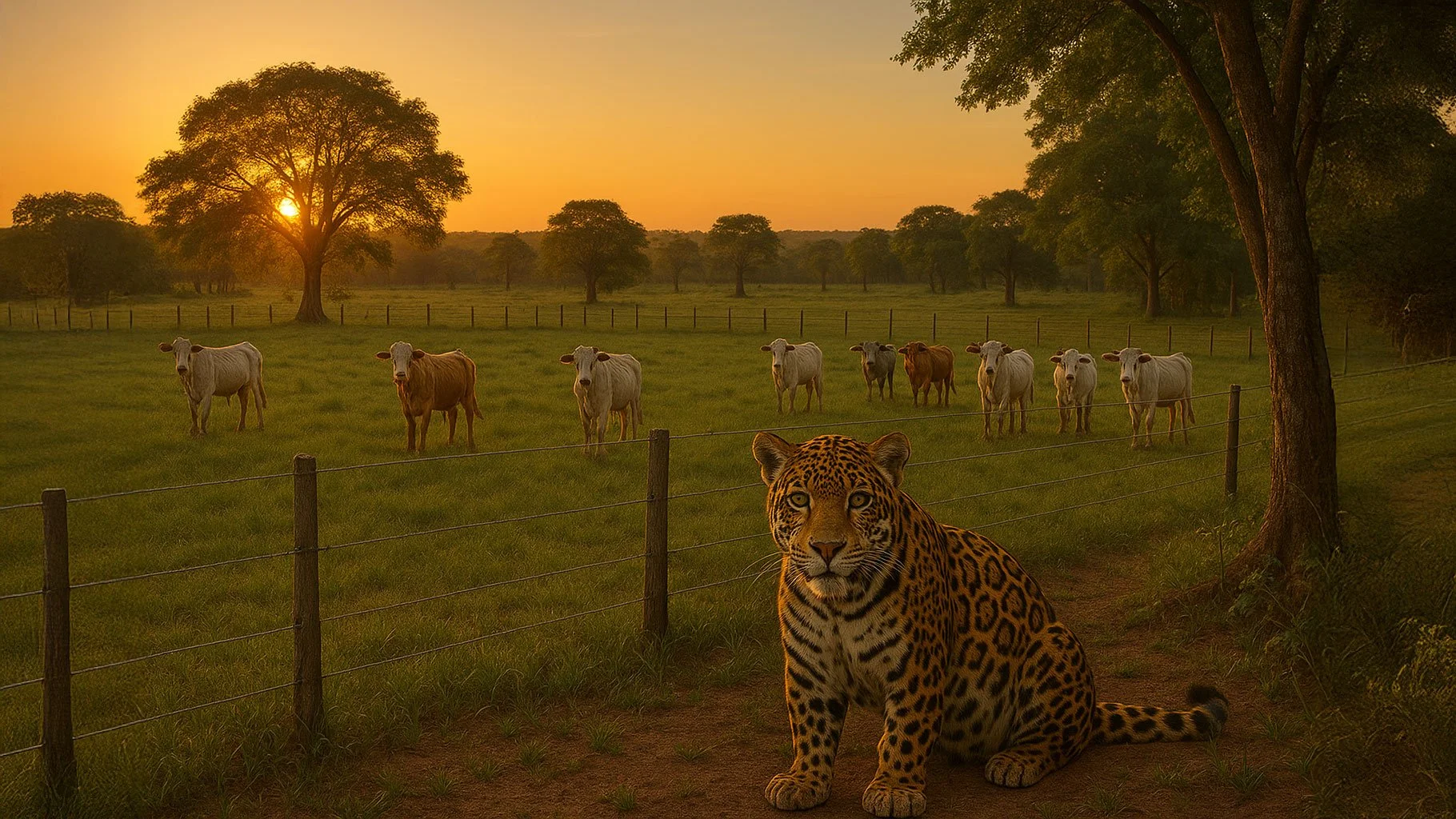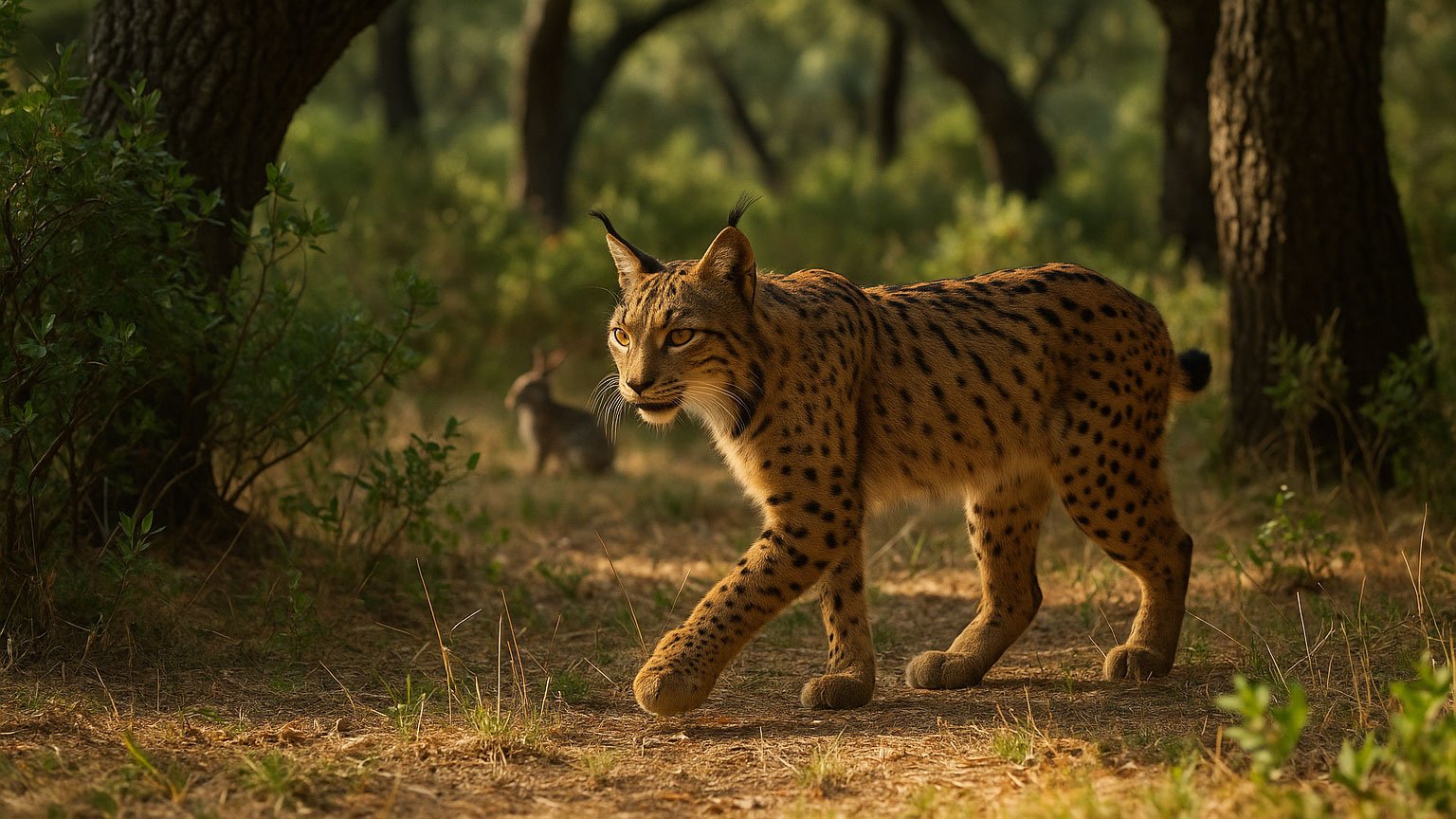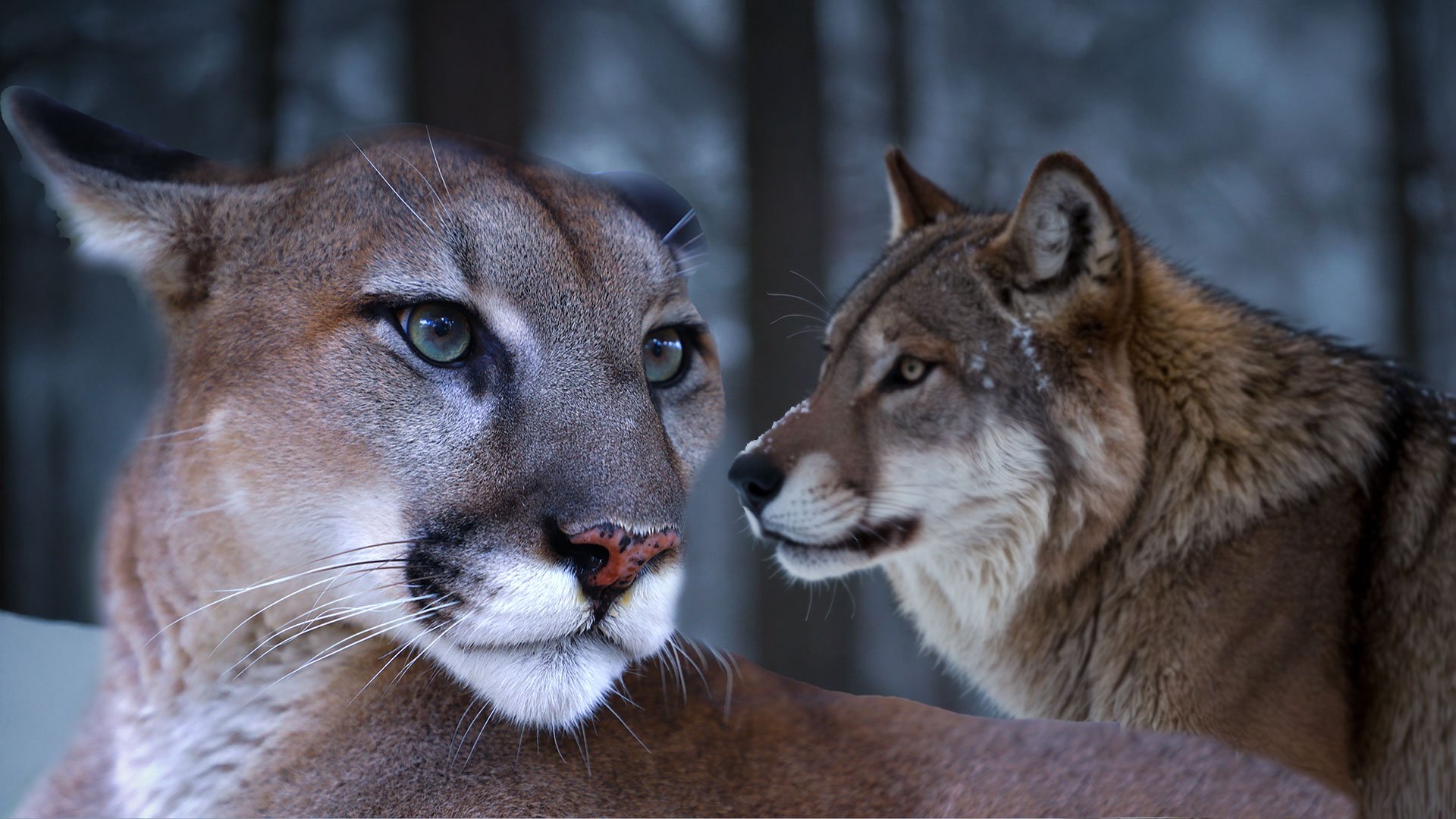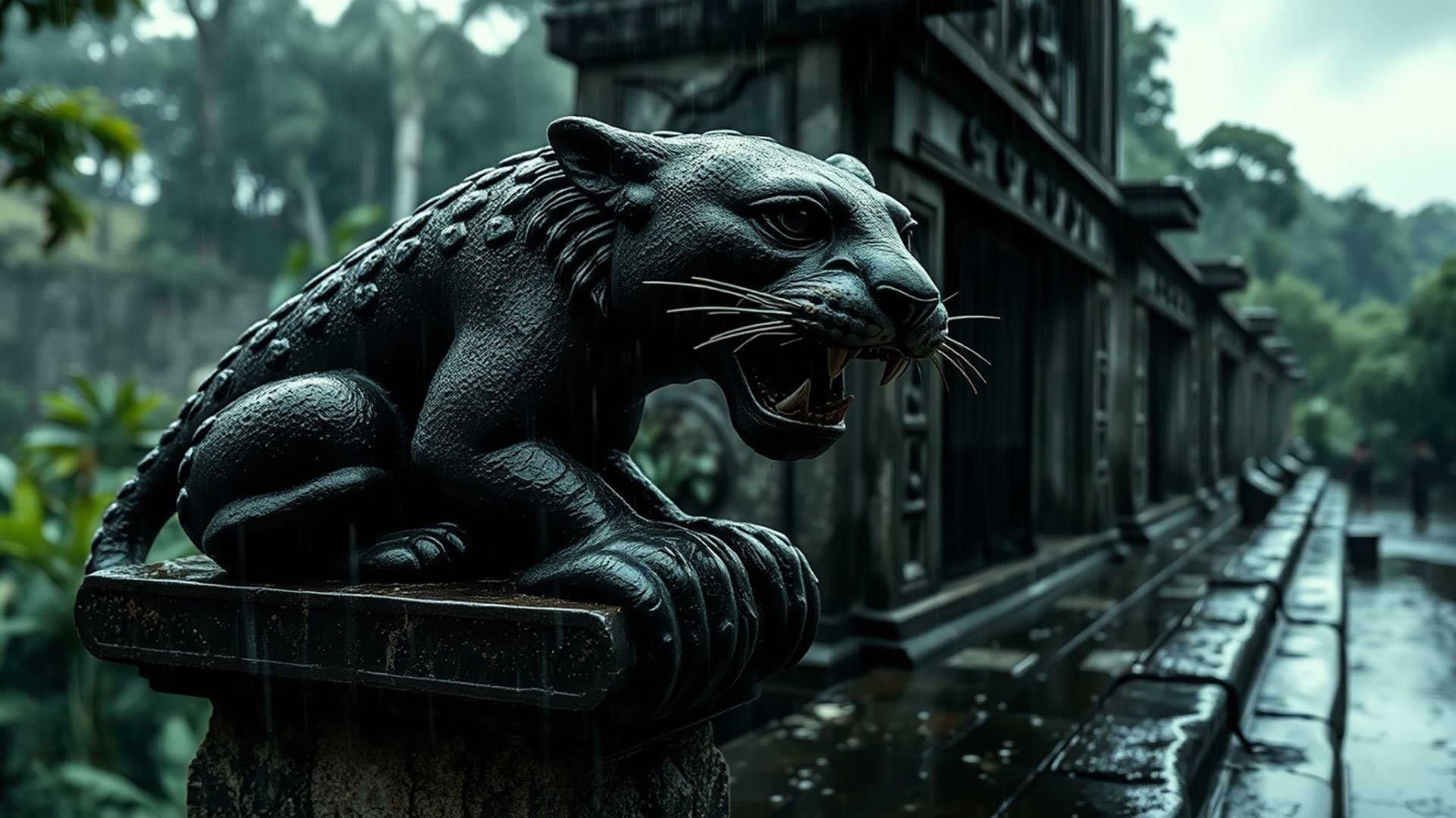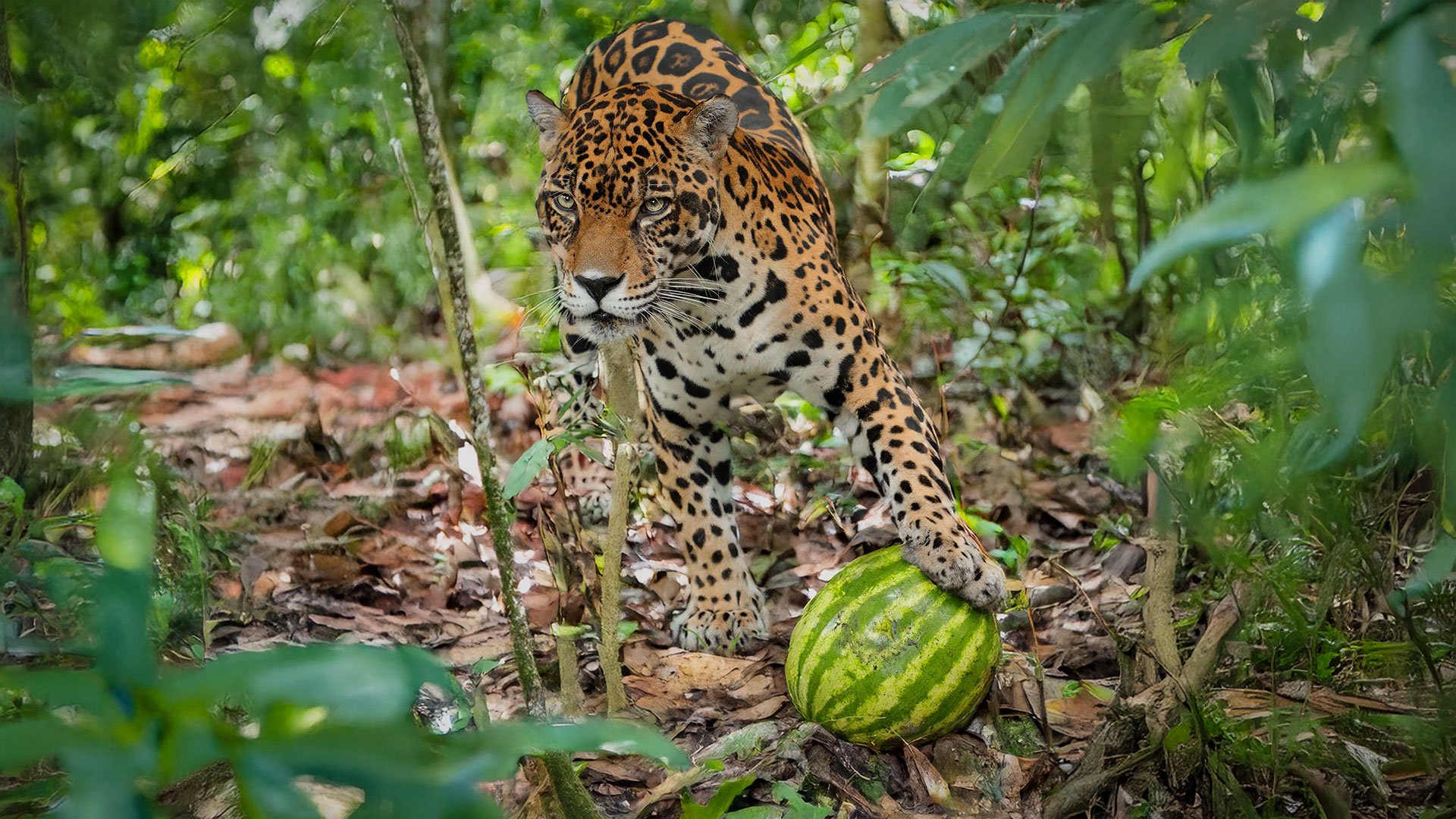Under the Dry-Season Stars: A Secret Jaguar Life Revealed in Guanacaste’s Forest
A recent camera-trap video from the dry forests of Guanacaste, Costa Rica, offers a rare and intimate glimpse of a young female jaguar known as GWM‑H2—and a powerful reminder of how much of wild cat life still unfolds just beyond human sight. Her story is also a window into why protecting jaguars and their habitats is essential for the health of our shared planet and for every being who calls it home.
A jaguar appears in the dry forest
In a protected area of northern Guanacaste, biologist Vincent Losasso of Guanacaste Wildlife Monitoring uses motion‑sensor camera traps to document elusive wildlife, including jaguars, tapirs and peccaries. One of the cats he has come to know through these silent observers is GWM‑H2, a young, healthy female jaguar first recorded in early 2024 near a shrinking river in the dry season.
Over the course of that year, GWM‑H2 was captured on camera ten times, mostly around dwindling water sources and later on forest trails about six kilometers away, revealing just a few minutes of her life in total. Each brief clip shows her moving through her territory as if humans do not exist, a behavior only possible because camera traps allow monitoring without disturbing the animals themselves.
If you have known us at Big Cat Rescue since the 90’s you might remember that we bought a 200 acre farm in Guanacaste with the intention of moving our sanctuary there. Unfortunately those plans were scrapped when it was determined that there was not a reliable food source for the 500 pounds of fresh meat our cats were consuming each day. We then decided to set the land aside as a sanctuary for wild cats rather than continue to operate it as a palm oil farm. Sadly, that plan never came to fruition.
How scientists “name” a wild jaguar
Every time a jaguar appears on one of these cameras, the footage is shared with a researcher who maintains a regional identification database. Individual jaguars can be recognized by the unique pattern of rosettes on their coats, much like a fingerprint, which allows scientists to determine whether the cat has been seen before or is new to the record.
GWM‑H2 was confirmed as a new individual when she first appeared in 2024, with the code reflecting the project and her identity: “GWM” for Guanacaste Wildlife Monitoring, “H” for Hembra (female in Spanish), and “2” indicating she was the second female recorded in this particular study. By tracking individuals this way, researchers can begin to understand how many jaguars are using a given landscape, how far they travel, and which areas are most critical to protect.
Why this jaguar matters for conservation
Jaguars once roamed from the southwestern United States to Argentina, but they have already been eliminated from roughly half of their historic range and are now listed as Near Threatened on the IUCN Red List. Habitat loss, fragmentation, conflict with livestock owners, and the illegal wildlife trade continue to pressure remaining populations, especially in parts of Central America where subpopulations are small and isolated.
Costa Rica still holds several key jaguar conservation areas, including the dry forests of Guanacaste and the rich lowland forests of the Osa Peninsula, where protected areas and biological corridors are vital to keeping populations connected. Each female like GWM‑H2 represents the future of her lineage; if she can secure enough prey, space, and safety to raise cubs, an entire stretch of forest remains alive with top predators, their prey, and the countless other species that depend on an intact ecosystem.
Camera traps: a humane window into wild lives
Trail cam studies have become a standard, low‑impact way to estimate jaguar abundance and map how they use the landscape. In places like Santa Rosa National Park and other sectors of the Guanacaste Conservation Area, scientists combine camera data with advanced analytical methods to refine density estimates and understand how trail placement, habitat type, and human activity affect detection rates.
For animal advocates, camera traps offer something equally important: proof that compelling images and stories do not require disturbing wild cats or forcing them into close contact with people. This same ethic underlies Big Cat Rescue’s growing use of AI‑generated imagery and remote‑camera content to inspire compassion for wild cats, while keeping both animals and humans safely apart.
We are one, and their fate is ours
When GWM‑H2 walks past a shrinking pool in the dry season, she is also telling a larger story about climate, water, and the resilience of the forests we all depend on. Apex predators like jaguars help regulate herbivore populations and maintain the balance of entire ecosystems, which in turn safeguard carbon storage, clean water, and the web of life that ultimately sustains people as well as wildlife.
Every choice humans make—what forests are protected, which corridors stay open, how communities coexist with predators—echoes through the lives of cats like GWM‑H2 and through our own future. When we protect wild cats and the habitats they need, we are not just saving a single jaguar in a distant forest; we are honoring the truth that all beings share one home, one climate, and one fragile, magnificent planet.
Sources:
https://ticotimes.net/2025/11/26/costa-rica-jaguar-caught-on-camera-trap-in-guanacaste-forest
https://www.catsg.org/living-species-jaguar
https://www.youtube.com/watch?v=4XBg5xYAT6s
https://panthera.org/cat/jaguar
https://guanacastewildlifemonitoring.com/projects/
https://pmc.ncbi.nlm.nih.gov/articles/PMC9559622/
https://guanacastewildlifemonitoring.com
https://www.cambridge.org/core/journals/oryx/article/conservation-crisis-status-of-jaguars-panthera-onca-in-corcovado-national-park-costa-rica/DB1034CFAED2447D7E4326BD481B5768
https://en.wikipedia.org/wiki/Jaguar
https://wildlife.onlinelibrary.wiley.com/doi/10.1002/wsb.1428
https://bigcatrescue.org/conservation-news/why-big-cat-rescue-uses-ai-generated-images-to-tell-the-stories-of-wild-cats
https://bigcatrescue.org/conservation-news/lies
https://ticotimes.net/2025/11/26/costa-rica-jaguar-caught-on-camera-trap-in-guanacaste-forest
https://bigcatrescue.org/conservation-news/lessons-i-learned-from-the-cat
https://www.facebook.com/groups/bigcatrescueofficial/posts/2086972805374082/
https://bigcatrescue.org/conservation-news/how-to-rescue-a-big-cat
http://bigcatrescue.org/conservation-news/pay-for-reviews
https://www.facebook.com/groups/bigcatrescueofficial/posts/1837139300357435/
https://ticotimes.net/2025/10/20/what-camera-traps-miss-chasing-jaguars-in-costa-rica
https://bigcatrescue.org/conservation-news/secrets-of-our-success
